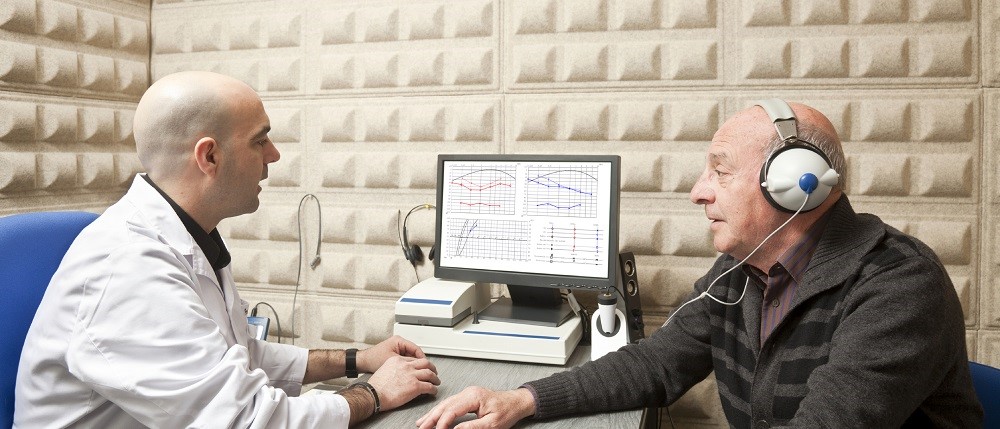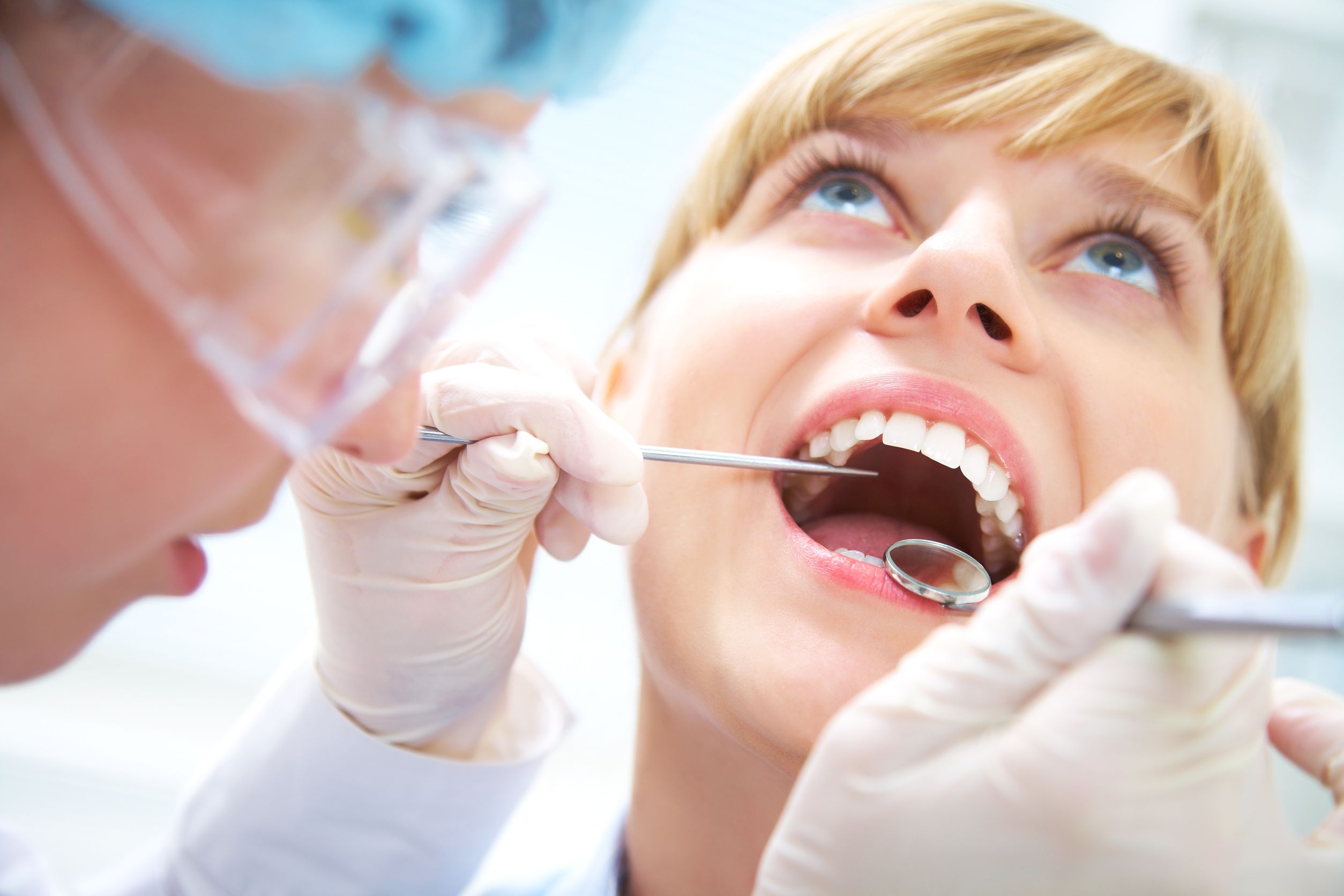Stem cells and stem cell therapy have obtained lots of news coverage recently, a lot of it questionable, which means this month I have made the decision to go over stem cells generally, together with several methods to stem cell therapy.
The stem cell treatments I advocate are generally legal and straightforward, particularly with the arrival of the new dietary product known as Stemplex, which I’ll discuss just a little later. However, just a little concerning the stem cells itself…
Embryonic Versus Adult Stem Cells
A stem cell is definitely an undifferentiated cell that may renew itself and become a minimum of three various kinds of tissue. Embryonic stem cells come from initial phase embryos and be capable of differentiate into all adult cell types. Embryonic stem cells behave inside a consistent way within microscope but they are a smaller amount foreseeable when injected in to the body. They are able to offer some benefits for research however that is questionable and they’re not helpful for actual remedies.
Kinds of Stem Cells
You will find a number of different groups of stem cells, including Autologous, allogenic, and xenogenic. Autologous stem cells are individuals based on exactly the same animal. These are perfect for re-planting since there’s no worry about them being declined. Allogenic stem cells come from a donor of the identical species. Since stem cells don’t have the conventional cell surface markers that will trigger immune response, these cells could possibly is utilized without anxiety about rejection through the host tissue. Xenogenic stem cells originate from a donor of some other species, like a pig. Although you might expect these cells to become declined, due to their particular qualities they are able to survive, in some instances, when injected in to the body of some other species.
How Can Stem Cells Work?
Probably the most generally reported purpose of stem cells is the capability to differentiate into different tissue they also produces other capabilities that may be very advantageous for healing. Stem cells produce over 30 kinds of growth factors and tissue chemicals that stimulate healing. Stem cells help recruit other local and systemic stem cells to pay attention to repairing broken tissue. They’re also active in immune modulation to advertise or suppress T-cell function.
Stem cells are triggered to manoeuvre into a place by signals in the tissue according to chemical, neural, and mechanical changes. Hypoxia, that is insufficient oxygen, and inflammation are strong triggers for stem cells to focus on an injuries, even though the stems cells take into account under 1 / 2 of the brand new tissue created. The relaxation from the repair is performed by other cells employed and handled through the initial stem cells. For this reason very small injections of stem cells are utilized. Inserting bigger amounts of stem cells into a hurt area can really hinder healing, since a few of the injected cells die and should be removed throughout the recovery process. Under ideal conditions stem cells would react to injuries and healing would occur.



